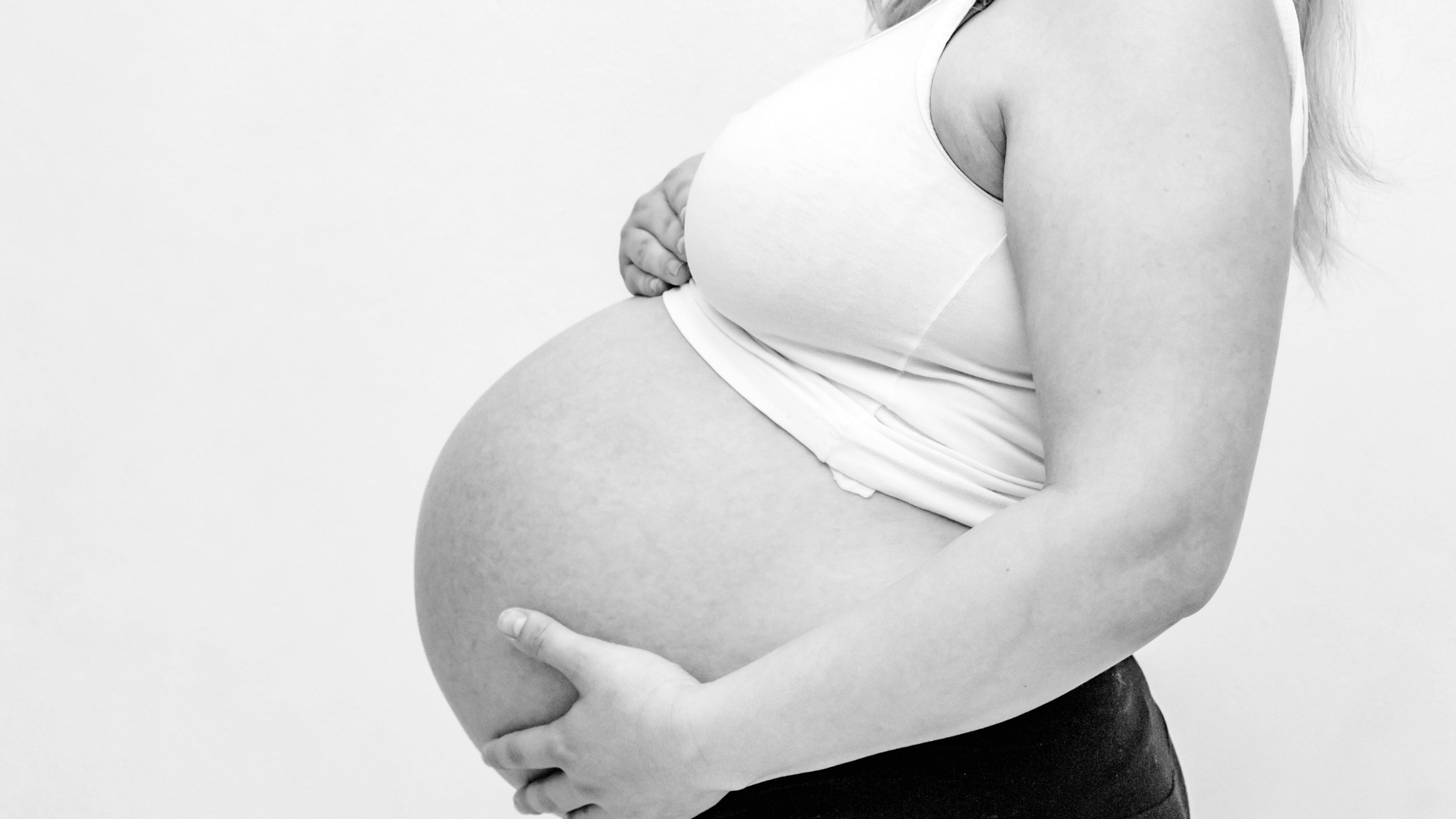Licensed Physical Therapist, PT, DPT // EW Pilates Instructor // Center Coordinator for Clinical Education // Credentialed APTA Clinical Instructor // EW Motion Therapy Homewood
Pregnancy comes with a lot of physical and emotional changes in your body. Your belly grows, your appetite changes, and you may have increased pain in some areas. One common area that can become painful during pregnancy is your back, preventing you from sleeping well and doing the activities you would normally do. So why is back pain so common? And what can you do to help?
Since pain medication might not be an option for you, it may be beneficial to seek professional help to find the root of your pain. A physical therapist can watch you move and create a treatment plan to help reduce your pain so you can move better - our women's health specialists at EW Motion Therapy do this every day. Even if you decide not to pursue physical therapy with us, we still want to present it as a treatment option for back pain during pregnancy.
This article discusses why back pain is so common during pregnancy, how physical therapy can help, and some things you can do at home to feel better. With this information, you can evaluate your options and choose the best treatment for your health.
Why is back pain so common during pregnancy?
While pregnancy brings many physical changes, back pain is a common symptom for many. Most people feel pain in their lower back - as your belly grows, a heavier weight pulls your pelvis forward and puts more pressure on your lower back and SI joints. This can also affect your posture, and decreased strength and mobility from postural changes can lead to pain in the upper segments of your back. Pain can sometimes increase the further along you are in your pregnancy, but that is not always the case.
Another factor that can cause pain is the increased laxity of joints during pregnancy. As your body changes and joints become looser, your body structure may become slightly less stable. Thus, some exercises you did without issue before pregnancy could now become more difficult. You may also experience more joint pain due to the increased laxity. Because your joints are laxer, maintaining proper posture may be more challenging.
How can physical therapy help?
Physical therapy is a great tool to help promote postural awareness. If you begin physical therapy early in your pregnancy, you can start to combat postural changes before they become too problematic. Physical therapy can also help you with core strength from the earliest stages of pregnancy on, so you can better support your belly with your deep core muscles and not put so much pressure on your back. Your physical therapist will walk you through stabilization exercises to strengthen your low back, glutes, hips, and pelvic floor, as these are all very important for supporting your belly and preparing for birth. They will also give you some exercises you can do at home to continue building strength outside the clinic.
What can I do at home?
Now you know more about how physical therapy can help with back pain during pregnancy. Along with the exercises from your physical therapist, you can do a few things at home to relieve your pain. Try different positions as you sit in bed or on the couch to find what is most comfortable - elevating your feet while reclining is usually a good position.
Pregnancy brings a host of new symptoms, questions, and emotions, and it is essential to surround yourself with the best care team so you and your baby can grow happy and healthy together. A physical therapist on your team can help you build strength and move better throughout your pregnancy, especially early on. Our physical therapists at EW Motion Therapy take pride in supporting our patients throughout their pregnancy journeys, providing emotional support, and helping them maintain healthy habits and stay pain-free. If you are interested in working with us, click the button below to fill out our self-assessment and see if our obstetric physical therapy program fits your needs.


